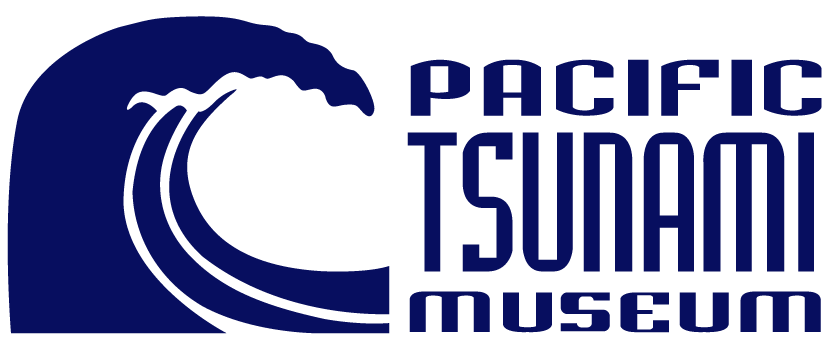Dr. Walter Dudley Projects

2013
Paleotsunami Expedition into Waipio Valley
“Hawai’i is the key,” said Dr. James Goff as he and other members of an international paleotsunami research team trudged through the knee-deep mud of the old taro fields in Waipio Valley.
Dr. Goff and his wife, Dr. Catherine Chague-Goff, a husband and wife team of tsunami scientists, came to Hawai’i from the University of New South Wales in Sydney, Australia to join with other eminent scientists in an effort to push the history of tsunamis in Hawai’i further back in time and provide a better understanding of the true tsunami hazard risk to our islands and, in fact, the entire Pacific. Other members of the team were Dr. Gerard Fryer, geophysicist with NOAA’s Pacific Tsunami Warning Center, Andrew Bohlander of UH Sea Grant, Beth Arcos representing the International Tsunami Information Center, Drs. Stephen Kirby, Bruce Jaffe, Mark Goldman, and Rufus Catchings of the U. S. Geological Survey, and Walter Dudley, representing the Pacific Tsunami Museum (PTM).
Starting just behind the beach ridge, the scientists explored the valley searching for the best sampling sites, and over the next four days would carry out surveys and collect numerous core sediment samples. A team from the USGS carried out seismic studies, creating sound images of the sediment layers beneath the valley floor, while other teams collected core samples by pushing a ten-foot long metal tube into the sediment and retrieving buried layers of sediment. Samples of different layers were collected for later analysis at laboratories in Australia and California, where chemical, radiological, and pollen studies will reveal the age and nature of the sediments. But to the practiced eyes of Dr. Goff and others, many tsunami deposits were clearly in evidence. Sediment washed into the valley by the 1946 tsunami formed a ten-inch thick layer just behind the beach dunes. As expected, this layer became progressively thinner further up the valley. But equally thick layers beneath 1946 were discovered in the valley. These represent deposits of previous tsunamis about which we know precious little. We need to decipher the long-term tsunami history of our islands so that we can better prepare for what Mother Nature may have in store for us.
The effort now will be to determine the composition and age of the older, deeper tsunami deposits from Waipio Valley, and to try to mount a future, more comprehensive expedition looking at sites on different sides of several islands in the Hawaiian chain. So, just as Dr. Goff stated: “Hawai’i is the key” to understanding
